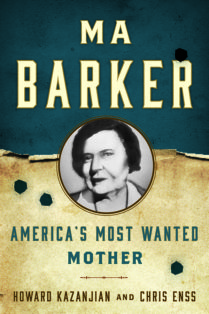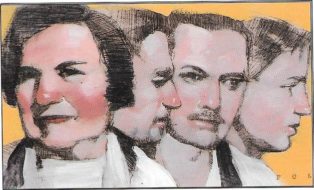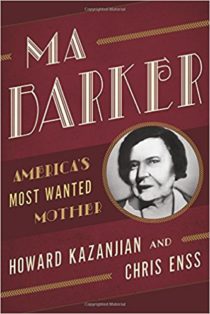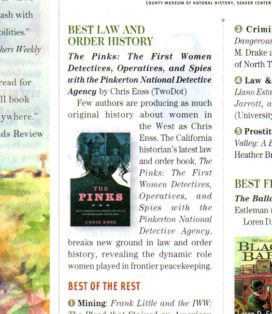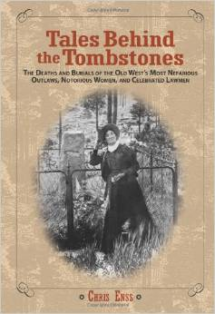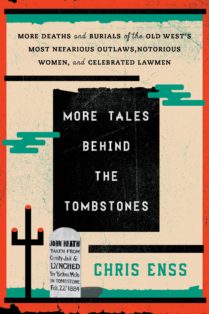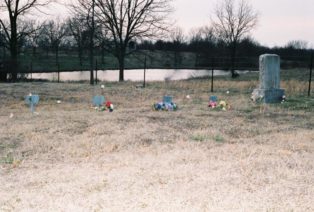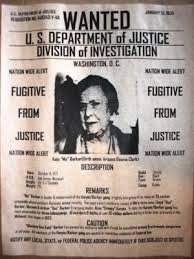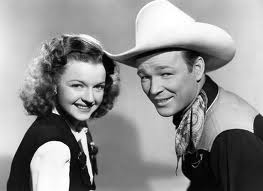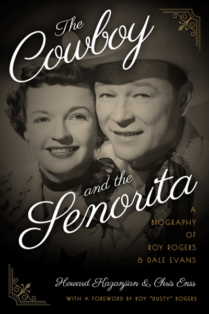Take Ma home for the holidays.
Enter to win a copy of
Ma Barker: America’s Most Wanted Mother
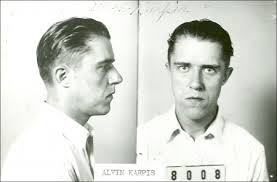
In a time when notorious Depression-era criminals were terrorizing the country, the Barker-Karpis Gang stole more money than mobsters John Dillinger, Vern Miller, and Bonnie and Clyde combined. Five of the most wanted thieves, murderers, and kidnappers by the Federal Bureau of Investigation (FBI) in the 1930s were from the same family. Authorities believed the woman behind the band of violent hoodlums that ravaged the Midwest was their mother, Kate “Ma” Barker.
A dilapidated Ford Model T pickup slowed to a stop in front of the Barker home in Tulsa, Oklahoma, in mid-May 1931, and Alvin Karpis climbed out of the bed of the vehicle. Alvin was a tall, self-confident man, well dressed but not flashy. He carried a small duffle-style suitcase containing all the belongings he had in the world. He studied the weathered house in front of him, taking notice of its state of disrepair. The homes on either side were not in perfect condition; it was a low-income neighborhood, and everyone seemed to be struggling, but the Barkers’ house was in a sorry state in comparison. A man and woman inside the Barker home were arguing. The exact nature of the disagreement was not clear, but the sound of doors slamming and glass breaking made it apparent that the fight had escalated into a war.
Alvin removed a cigarette from his suit jacket pocket and lit it while contemplating what to do next. Ma Barker exited the front door carrying a hammer and nails. She didn’t pay much attention to Alvin. Her lower lip was bleeding, but she didn’t pay much attention to that either. She was focused on fixing a portion of the screen that had been torn from the corner of the door. “Are you Mrs. Barker?” Alvin asked, walking toward Ma and taking a drag off his cigarette. “I am,” Ma said turning around to face Alvin. “I want to get ahold of Freddie,” he told her. Ma looked Alvin over suspiciously. “Who are you?”
“I’m the guy who called with Freddie in Lansing,” Alvin told her.
“Oh, yes, he told me about you,” Ma replied. “He told me you’d be getting out soon. He came to visit me when he got out. He’s a good boy.” Ma let her guard down, and Alvin stepped onto the porch. He told her he was a thief and that he’d been sent to the Kansas State Penitentiary in Lansing for attempting to rob a pool hall. It was just one of many crimes Alvin told Ma that he’d committed.
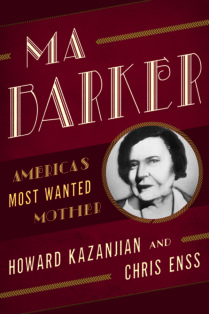
To learn more about the life and violent death of Ma Barker
and her sons read
Ma Barker: America’s Most Wanted Mother

